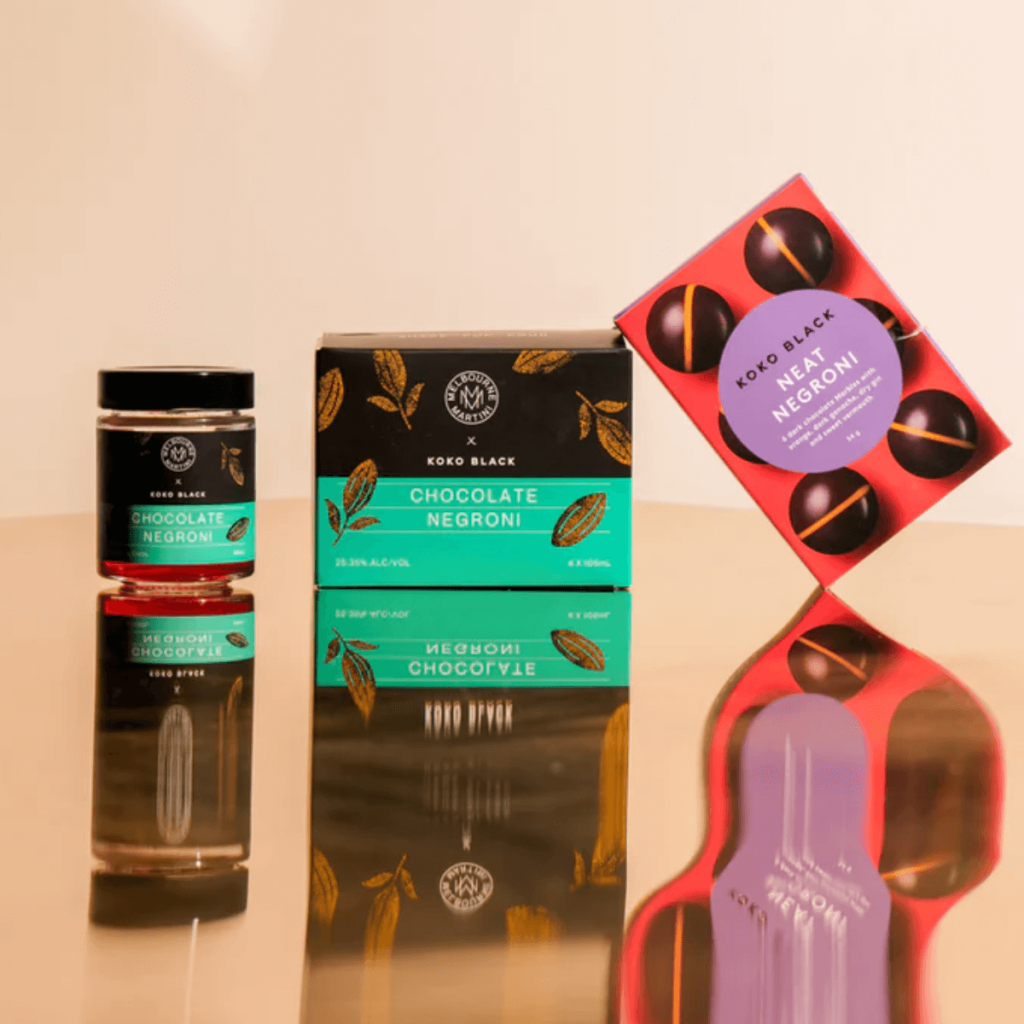Super Seaweed
Published 04 Mar, 2016In the last few years seaweed has made the transition from major ick factor to the ultimate super food, and one of the biggest global trends to sweep the food industry.
Used in traditional Japanese cooking for centuries, the Australian culinary scene has only just recently begun to explore a greater use of this slimy sea plant, and it’s a shift that will be making its way into your local kitchens in 2016.
So what’s all the fuss? Well if you think that all seaweed is green and salty, you are way off! Edible seaweeds are a member of the algae family and are made up of many different diverse species that vary enormously in colour, texture and flavour – just like fruit and vegetables do. So for example, while Wakame seaweed is green and flat with a fresh crunch, Hijiki looks more like small black noodles and has a woody flavour, and Sea Grapes have a caviar like texture and tangy taste. This makes seaweed a dream ingredient for chefs looking to create depth of flavour and texture that people may not have experienced before.
When it comes to nutrition, kale’s got nothing over seaweed. Nutrition expert David Wolfe believes that “seaweeds are the best source of minerals”, with species such as kelp containing almost every mineral element used effectively by our bodies. Seaweed contains significant levels of vitamin C, A and B, calcium, magnesium, folate, iron, fibre, and is an extraordinary source of iodine which is critical for maintaining a healthy thyroid gland.
All in all, this makes seaweed an incredible anti-viral, anti-bacterial and anti-inflammatory super food. Many studies have found that seaweed can help with a range of ailments such as arthritis, celiac disease, depression, and obesity, while claims have even been made that Japan’s high seaweed consumption is responsible for the countries conspicuously low incidence of cancer.
Incorporating seaweed into your diet is surprisingly easy, and for those who still find it a little squeamish the good news is that you really only need a few table spoons a week to reap the nutritional benefits. Try starting with a familiar sushi roll wrapped in nori seaweed, or a miso soup with wakame. If you want to raise the culinary bar, try a simple Japanese salad with pickled cucumber and arame seaweed, grilled fish with garnished with hijiki, or make a hearty stew in a nourishing kombu broth.











